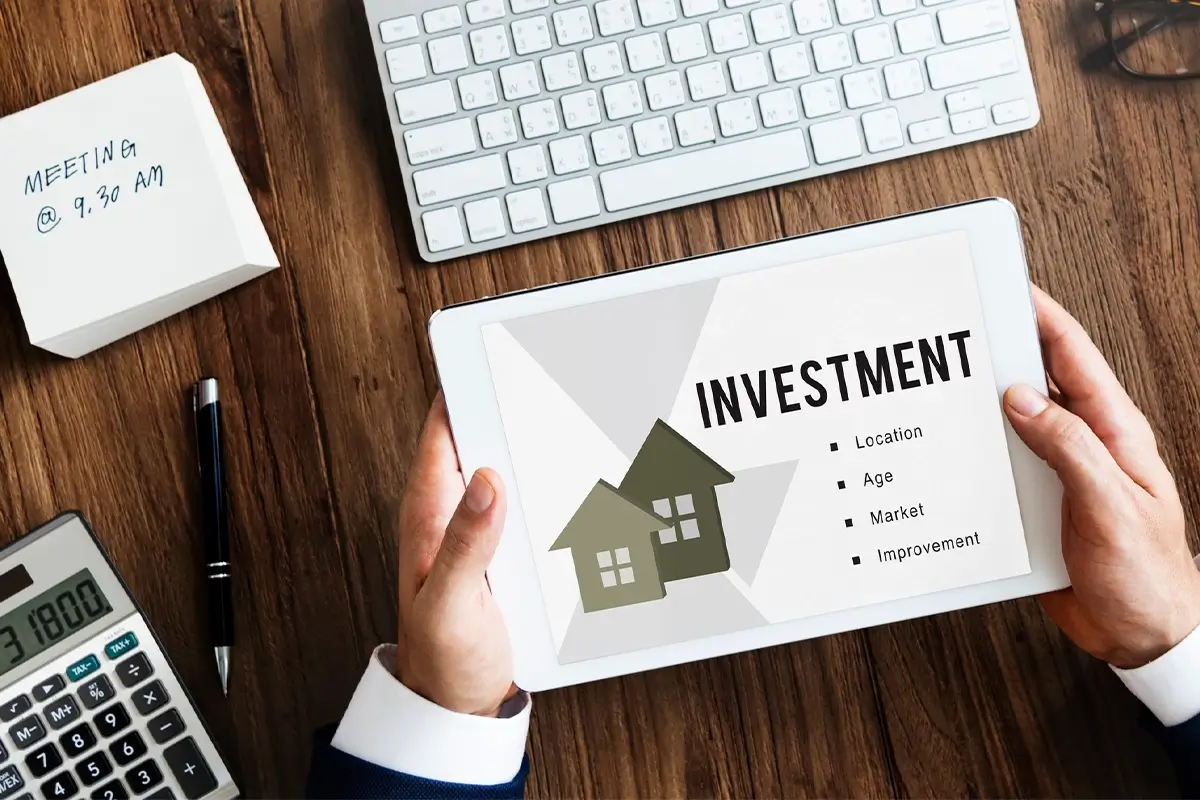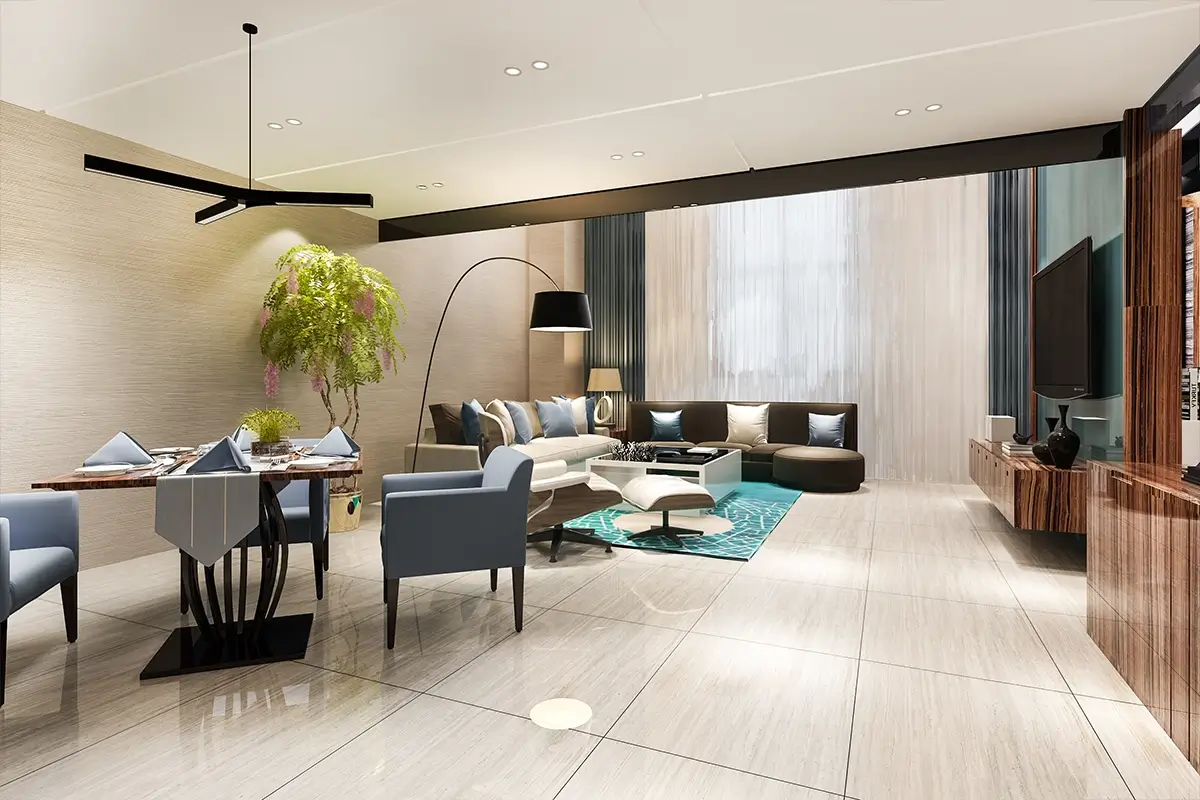Contents
- Navi Mumbai International Airport (NMIA)
- Mumbai–Pune Expressway Missing Link
- Mumbai Coastal Road
- Mumbai Metro Line-3 (Colaba–Bandra–SEEPZ)
- Panvel–Karjat Suburban Railway Corridor
- Sewri–Worli Elevated Connector
- Goregaon–Mulund Link Road (GMLR)
- Thane–Borivali Tunnel Road
- Santacruz–Chembur Link Road (SCLR) Extension
- Airoli–Katai Naka Tunnel and Elevated Corridor
- Mumbai 2025: A City on the Move Toward a Smarter Future
Mumbai, India’s financial powerhouse, is entering a defining phase of transformation with an impressive lineup of upcoming infrastructure projects in Mumbai. As multiple mega developments approach completion in 2025, the city is preparing for smoother connectivity, reduced travel time, and improved quality of life. These initiatives will also reshape Mumbai’s real estate market, attracting both homebuyers and investors looking for long-term growth opportunities.
As the nation’s commercial and entertainment hub, Mumbai is constantly evolving. From the new Navi Mumbai International Airport to the Mumbai Coastal Road and Metro Line 3, every project contributes to building a smarter, faster, and more sustainable city. Here’s a detailed look at the major projects in Mumbai 2025 that are set to redefine urban living and boost real estate demand across the Mumbai Metropolitan Region (MMR).
Navi Mumbai International Airport (NMIA)
The Navi Mumbai International Airport, one of India’s most-awaited aviation projects, will redefine connectivity for Mumbai and its suburbs. The airport aims to ease congestion at the existing Chhatrapati Shivaji Maharaj International Airport and establish Navi Mumbai as a global business and residential hub.
-
Two parallel runways and world-class terminals equipped with smart passenger systems.
-
Connectivity via Mumbai Trans Harbour Link (MTHL), suburban railway, and upcoming Navi Mumbai Metro lines.
-
Real estate boost for Panvel, Ulwe, Kamothe, and Taloja, with new residential and commercial projects emerging.
This mega development will attract multinational corporations, logistics hubs, and tourism, providing the entire Navi Mumbai region with a significant economic boost.
Mumbai–Pune Expressway Missing Link
The Mumbai–Pune Expressway Missing Link Project is among the most impactful infrastructure projects in Maharashtra. It introduces Asia’s widest road tunnel and two cable-stayed bridges to bypass congested ghat sections, cutting travel time by nearly 30 minutes.
-
Reduces overall distance by 6.5 km and enhances safety for long-distance commuters.
-
Integrates intelligent transport management and emergency response systems.
-
Supports industrial, tourism, and housing growth across Lonavala, Khopoli, and Panvel.
With improved accessibility, this corridor will strengthen business travel and property demand along both Mumbai and Pune’s outskirts.
Mumbai Coastal Road
The Mumbai Coastal Road Project is transforming the western waterfront into a world-class mobility corridor. By linking Marine Drive to Dahisar, it will reduce pressure on the Western Express Highway and offer a scenic, efficient commute.
-
An eight-lane expressway featuring undersea tunnels, sea bridges, and landscaped promenades.
-
Phase 1 (Marine Drive–Worli) is operational; the northern phase is underway up to Dahisar.
-
Enhances real estate potential in Worli, Prabhadevi, Bandra, and Juhu, where luxury housing demand is surging.
The Coastal Road is not just an infrastructure project—it’s a lifestyle upgrade, giving Mumbai a new global identity and driving property appreciation along its western belt.
Mumbai Metro Line-3 (Colaba–Bandra–SEEPZ)
The Mumbai Metro Line-3, also known as the Aqua Line, will revolutionise public transport with its 33.5 km fully underground network. Connecting Colaba, BKC, Worli, SEEPZ, and the Airport, it will drastically reduce road congestion and travel time.
-
27 stations connecting South Mumbai to major business hubs and residential clusters.
-
Seamless link to BKC, the financial district, and the international airport.
-
Expected rise in property prices along metro routes such as Worli, Mahalaxmi, and Bandra Kurla Complex.
Once fully operational, the metro will enhance daily commuting, improve air quality, and make Mumbai’s infrastructure more sustainable.
Panvel–Karjat Suburban Railway Corridor
The Panvel–Karjat Railway Line, a part of MUTP-3, will improve suburban rail connectivity and unlock affordable housing opportunities in the extended suburbs of Mumbai.
-
29.6 km double-line corridor with bridges, tunnels, and five new stations.
-
Reduces travel time between Karjat, Panvel, and CST by almost half.
-
Spurs development in Neral, Karjat, and Panvel, areas poised for rapid housing growth.
This corridor will help balance population density by promoting homeownership in emerging areas while maintaining accessibility to Mumbai.
Sewri–Worli Elevated Connector
The Sewri–Worli Elevated Connector will link the Mumbai Trans Harbour Link (MTHL) directly to the western suburbs, creating a fast east-west connection.
-
4.5-km elevated road connecting Sewri, Dadar, and Worli.
-
Links directly to the Bandra–Worli Sea Link and Coastal Road.
-
Major benefit for business districts in Parel, Prabhadevi, and Lower Parel.
This connector will make cross-city commutes more efficient, improving accessibility to Mumbai’s central and southern employment zones.
Goregaon–Mulund Link Road (GMLR)
The Goregaon–Mulund Link Road is one of the most ambitious under-construction projects in Mumbai, bridging the city’s eastern and western suburbs through twin tunnels beneath the Sanjay Gandhi National Park.
-
12.2 km corridor with twin tunnels at depths up to 160 metres.
-
Cuts travel time between Goregaon and Mulund from over an hour to just 15 minutes.
-
Increases connectivity between key suburban residential hubs like Powai and Nahur.
GMLR is expected to transform suburban real estate dynamics, making inter-suburb living more convenient and reducing daily travel stress.
Thane–Borivali Tunnel Road
The Thane–Borivali Tunnel Road will provide a second east-west corridor, easing congestion on Ghodbunder Road and cutting travel time significantly.
-
11-km twin tunnels under the Sanjay Gandhi National Park.
-
Reduces commute time between Thane and Borivali to 20 minutes.
-
Boosts demand for properties in Thane, Dahisar, and Mira Road.
With better connectivity and reduced travel fatigue, this project will enhance both residential and commercial activity in Mumbai’s extended suburbs.
Santacruz–Chembur Link Road (SCLR) Extension
The Santacruz–Chembur Link Road Extension will improve traffic circulation between eastern and western suburbs, offering direct access to Bandra Kurla Complex (BKC) and the airport.
-
4.2 km cable-stayed road connecting Kurla, Vakola, and BKC.
-
Smoothens vehicular flow and reduces traffic congestion.
-
Strengthens connectivity for professionals working in BKC and nearby business parks.
This link will play a crucial role in enhancing daily mobility and boosting property demand in the central suburbs.
Airoli–Katai Naka Tunnel and Elevated Corridor
The Airoli–Katai Naka Tunnel Road will alleviate pressure on the Thane–Belapur and Kalyan–Shil roads by providing a faster connection between Airoli, Dombivli, and Kalyan.
-
12.3 km corridor with twin tunnels and elevated roads.
-
Cuts travel time by nearly an hour for intercity commuters.
-
Spurs infrastructure-led real estate growth in Dombivli East, Kalyan, and Mahape.
Once complete, this link will provide smooth industrial access and make Mumbai’s extended suburbs more attractive to both residents and investors.
Mumbai 2025: A City on the Move Toward a Smarter Future
Mumbai’s rapidly expanding infrastructure network marks a new chapter in urban evolution. These upcoming projects in Mumbai are set to redefine travel, trade, and housing trends across the MMR. Each development enhances accessibility and boosts the value proposition for both investors and end-users.
By 2025, with projects like NMIA, Coastal Road, and Metro Line 3, Mumbai will not just be India’s financial capital but a global benchmark for smart urban infrastructure. The city’s suburbs — including Panvel, Thane, Dombivli, and Kalyan — are emerging as hotspots for sustainable growth, offering residents a seamless blend of connectivity, convenience, and modern living.






